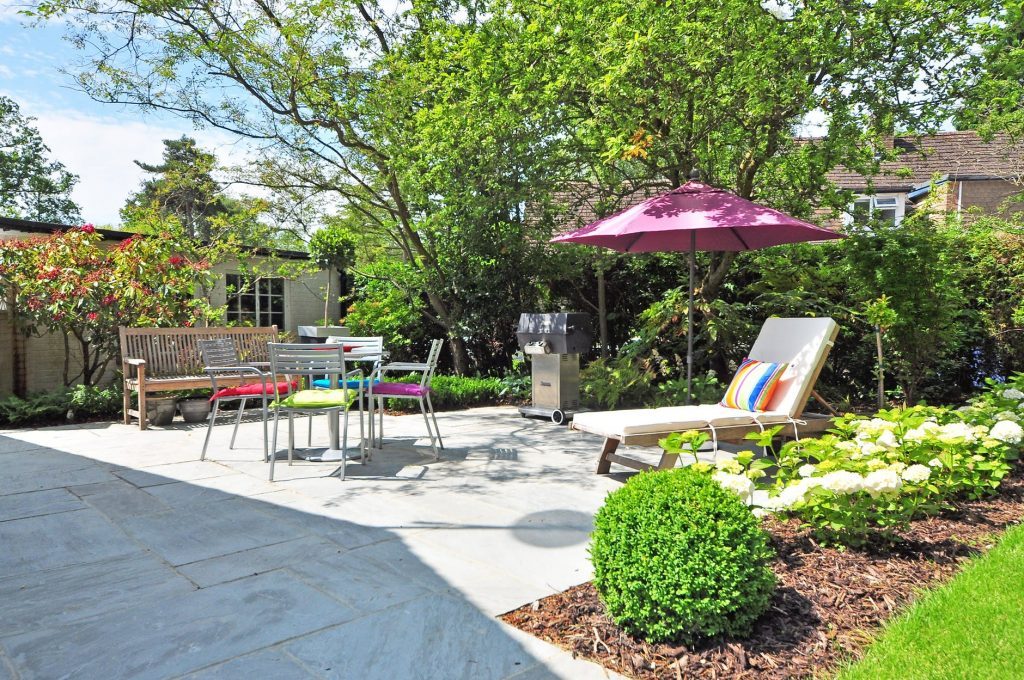Real estate is a business that’s always encouraged by innovation in its applications and technology. The home market and commercial property sales industryhas been an enthusiastic adopter of the newest trends in architecture and design while fulfilling the changing needs and requirements of its customers. Recently, extraordinary measures are being forced towards a positive global and ecological effect – introducing “green” technology and features to how houses are designed.
Here is a Few of the key trends and problems which are successfully merging technology and sustainability, while creating a significant impact in the real estate market.
1. Sustainable Building Materials
Wood is making a powerful comeback as a building material, in both residential and industrial construction projects. It’s a sustainable material that’s said to have less effect on the entire lifespan of this construction than concrete — the primary intention of using timber in the structure is to reduce the carbon footprint of this structure.
The property market has put considerable efforts into promoting and creating sustainability through jobs based on wooden constructions. Wood might seem to be a less durable construction material option compared to concrete, but its usage is well known for a fantastic reason. Modern-day constructions are easy to update and provide a cost-effective, sustainable, and low-impact remedy to the building.
2. Progress Towards Carbon Neutral and Zero Emissions Standards
Canada and other countries such as Australia have always been a powerful advocate for environmentalist concerns, increasing worldwide awareness of the effect we depart our landscapes.
This Zero Carbon Initiative has as its principal purpose a zero-carbon construction program and plans to establish criteria that all buildings will need to abide by. Including raising their endurance, decreasing the power waste and highlighting its operations on natural, clean energy. In general, this initiative promotes using and producing renewable energy, such as solar power or wind, both throughout the structure and design process, in addition to at the building’s future operation. Australia has provided schemes and rebates for homeowners who install solar panels and for new properties built with solar panels and other sustainable products.
3. Digitalization and Technology Amongst Real Estate
Digitalization is among the most important trends to affect not just property but each business too. At a technological and digitalised age, commercial real estate agents in addition to consumersutilise technology in almost all facets of the daily lives, and businesses don’t have any option but to adapt. Most procedures in the real estate purchase and revenue cycle have been digitalised, including online property searches, electronic marketing rather than printing, e-signatures, and utilising crypto-currency to buy houses! The internet, in particular, has facilitated online property sales platformsand increasing efficiency as well as no agent property sale.
Technology is now an essential component of our lives, and the property sector has to reflect that. Many buildings are now armed with high tech apparatus and updates, servicing the whole building complex or individual homes with lifestyle-improving inventions. A few of those comforts and comforts are aimed toward environmental sustainability like light and temperature detectors among other energy-saving purposes, making the construction more energy-efficient.
4. Repurposing Old Building Structures
Also called adaptive reuse, this idea is by no means a new one, it’s been around and been used on several buildings and projects before, but recently its prevalence has grown over the actual estate marketplace. The adaptive approach was well-received by the customers, and contains, at precisely the same time, proven to be quite a substantial renewable and green fad.
Old existing structures and buildings, for example, former warehouses, factories, mills and these, are presently being accommodated and repurposed for residential purposes, or industrial and community functions. This minimises the creation of waste from knocking down the old building structure and reuses old buildings that are still in good shape. /these days you will see offices inside old breweries and homes built into factories.
Precisely this novelty is among the primary qualities of this adaptive reuse strategy. Primarily, there’s no need to eat new territory and locate new plots, and ruin wildlife and nature on the way. Second, fewer materials and energy are utilized. Therefore less effect and a more compact carbon footprint are left over the surroundings. Thirdly, it may be farther retrofitted with sustainable characteristics in your mind, and, most importantly, the general expenses along with the timeframe of this job are smaller compared to brand new structures.
Sustainability Trends Are Here to Stay
Each these tendencies are interrelated, determined by one another, or even defined by one another to some lesser or greater degree. But all of these, finally, have the same aim in mind — sustainability and also a diminished influence on the surroundings. They’re certainly taking the real estate market by storm, and therefore are bound merely to grow further.
